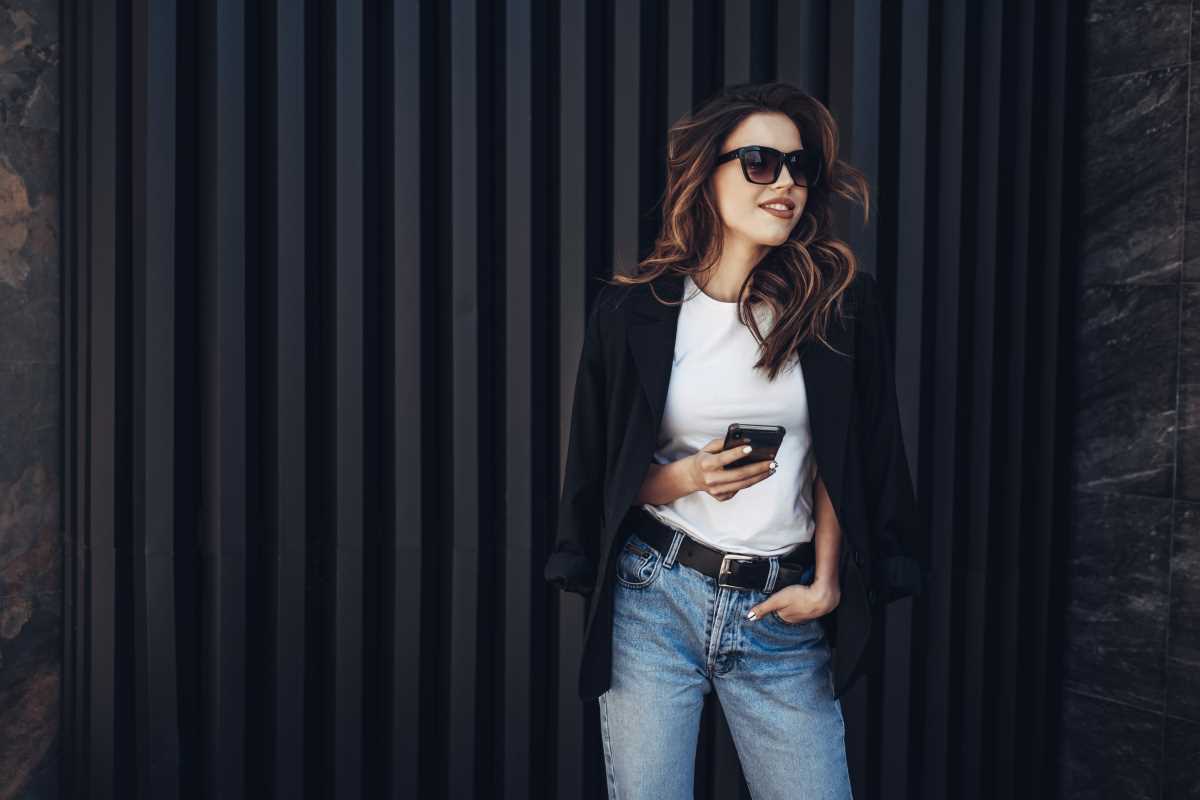Art pop-ups have become a dynamic feature in the urban retail landscape, blending creativity with commerce to create immersive shopping experiences. These temporary installations offer unique opportunities for artists and brands to engage directly with consumers, transforming ordinary shopping trips into memorable events. As cities continue to evolve, limited-time art pop-ups play a pivotal role in shaping the way people interact with their local shopping environments.
The Rise of Art Pop-Ups
The concept of art pop-ups has its roots in the broader pop-up retail movement, which gained momentum in the early 2000s. Initially, pop-up shops served as temporary extensions for established brands to test new markets or products without the commitment of a permanent location. Over time, artists began to adopt this model, using limited-time spaces to showcase their work in innovative ways. This fusion of art and retail not only provided artists with a platform to reach wider audiences but also offered consumers a fresh and engaging shopping experience.
Recently, the popularity of art pop-ups has surged, driven by the increasing demand for unique and experiential shopping options. According to a report by *Retail Insights*, the number of art pop-ups in major urban centers has increased by 35% over the past five years. This growth reflects a broader trend towards experiential retail, where consumers seek more than just products but also memorable interactions and cultural enrichment during their shopping activities.
Consumer Behavior and Shopping Trends
Art pop-ups significantly influence consumer habits and shopping preferences by offering an element of exclusivity and surprise. Shoppers are drawn to the novelty of temporary art installations, which often feature limited-edition items or interactive displays that cannot be found in traditional stores. This sense of urgency encourages consumers to visit these pop-ups promptly, aligning with the broader trends in urban shopping.
Art pop-ups cater to the growing consumer desire for personalized and meaningful experiences. By integrating art into the shopping environment, these pop-ups create a more engaging and emotionally resonant space. This not only enhances the overall shopping experience but also builds a deeper connection between consumers and brands. As a result, customers are more likely to develop brand loyalty and share their experiences on social media, further amplifying the reach and impact of the pop-up.
Business Perspectives
- Advantages:
- Increased brand visibility and awareness through unique presentations.
- Opportunities to test new products or concepts with a targeted audience.
- Obstacles:
- High initial costs associated with setting up temporary installations.
- Logistical challenges in securing prime locations for limited durations.
Cultural and Economic Impact
- Local Culture: Art pop-ups contribute to the cultural vibrancy of urban areas by showcasing diverse artistic talents and encouraging creative expression. They serve as catalysts for cultural exchange, bringing together artists, designers, and consumers in a shared creative space.
- Economy: Economically, art pop-ups stimulate local economies by attracting visitors who spend money not only at the pop-up itself but also at nearby businesses such as restaurants and cafes. Additionally, they create temporary job opportunities and can lead to increased foot traffic in commercial districts.
The presence of art pop-ups can enhance the reputation of a neighborhood as a cultural hub, attracting more businesses and residents who value artistic and creative environments. This positive feedback loop reinforces the economic and cultural vitality of urban areas, making them more attractive places to live and work.
Future Prospects
The future of art pop-ups in urban settings looks promising, with potential for further innovation and integration into the retail landscape. As technology advances, we can expect to see more interactive and digitally enhanced pop-ups that offer even more immersive experiences for consumers. Virtual reality (VR) and augmented reality (AR) could be employed to create hybrid physical-digital spaces, blurring the lines between art, technology, and shopping.
Sustainability is likely to become a key focus for future art pop-ups. Brands and artists are increasingly aware of the environmental impact of their activities, and we may see a rise in eco-friendly pop-up designs and practices. This shift towards sustainability not only addresses environmental concerns but also resonates with consumers who prioritize ethical and responsible consumption.
Limited-time art pop-ups have already made a significant impact on urban shopping, blending creativity with commerce to create unique and engaging experiences. As these pop-ups continue to evolve, they hold the potential to further transform the retail landscape, offering innovative ways for businesses to connect with consumers and building vibrant cultural communities in urban areas.
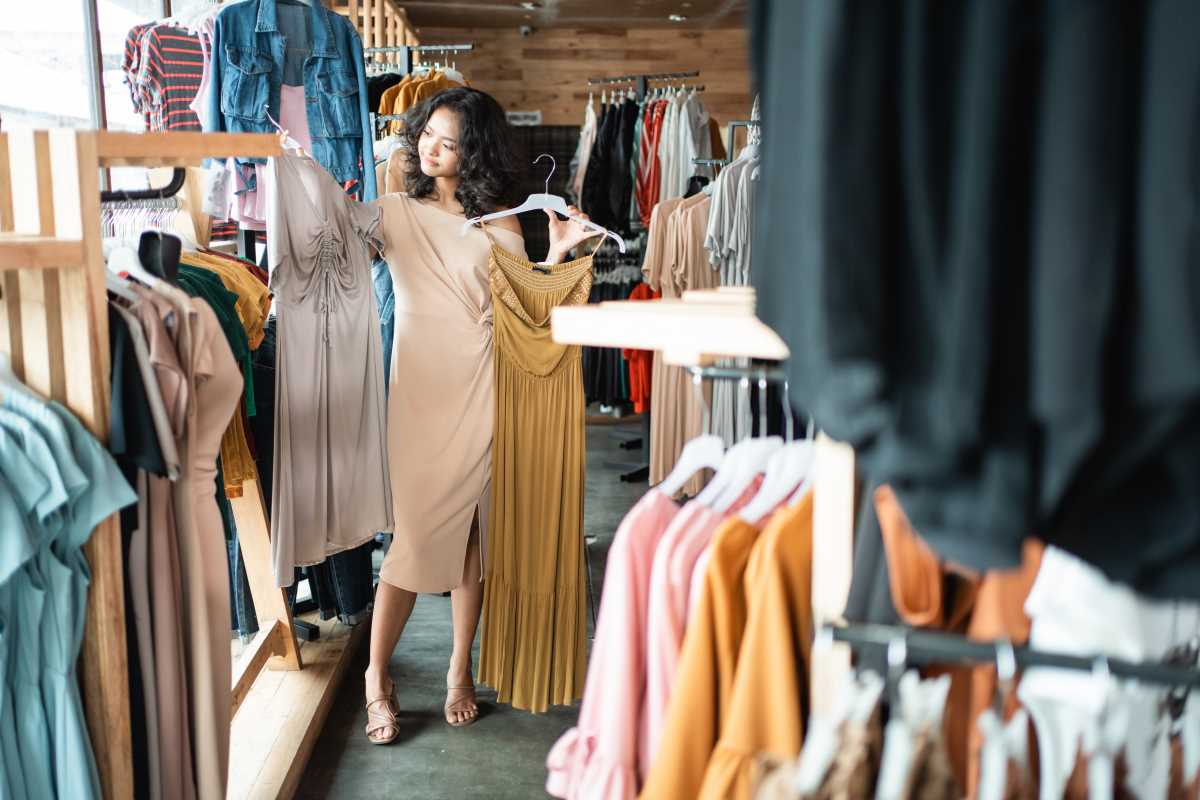
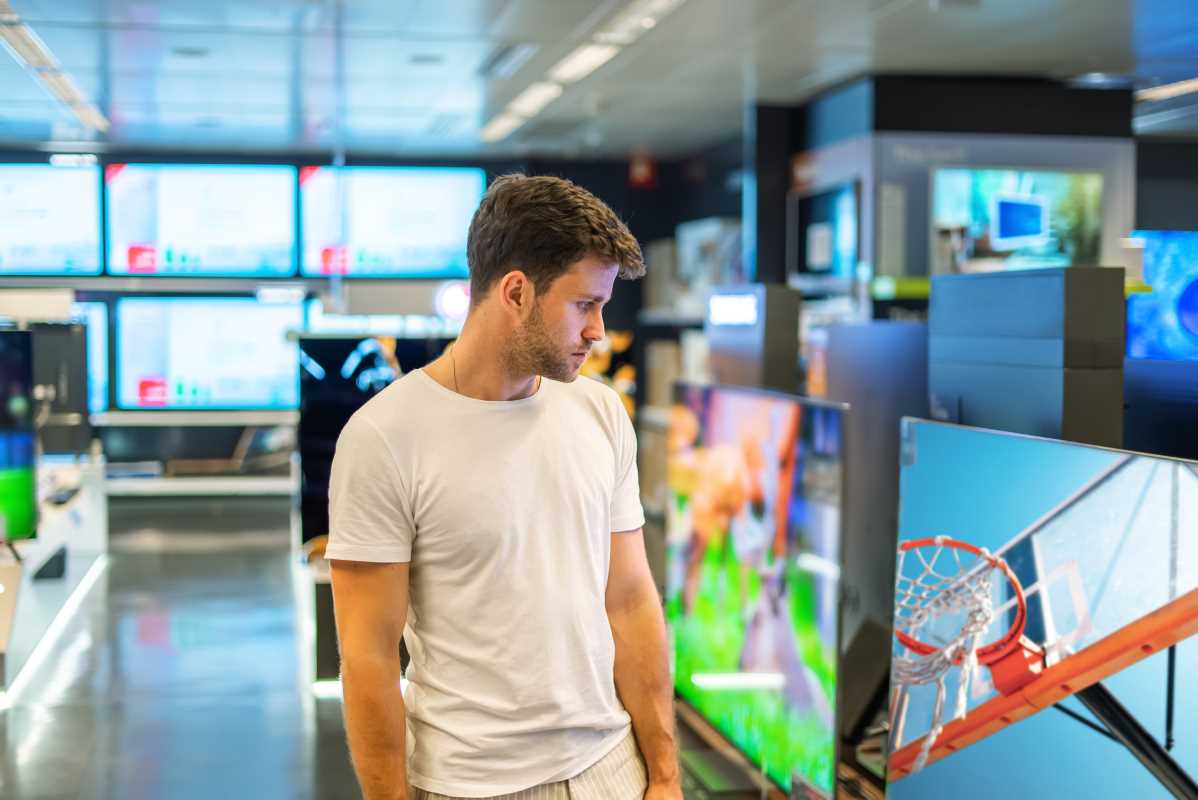
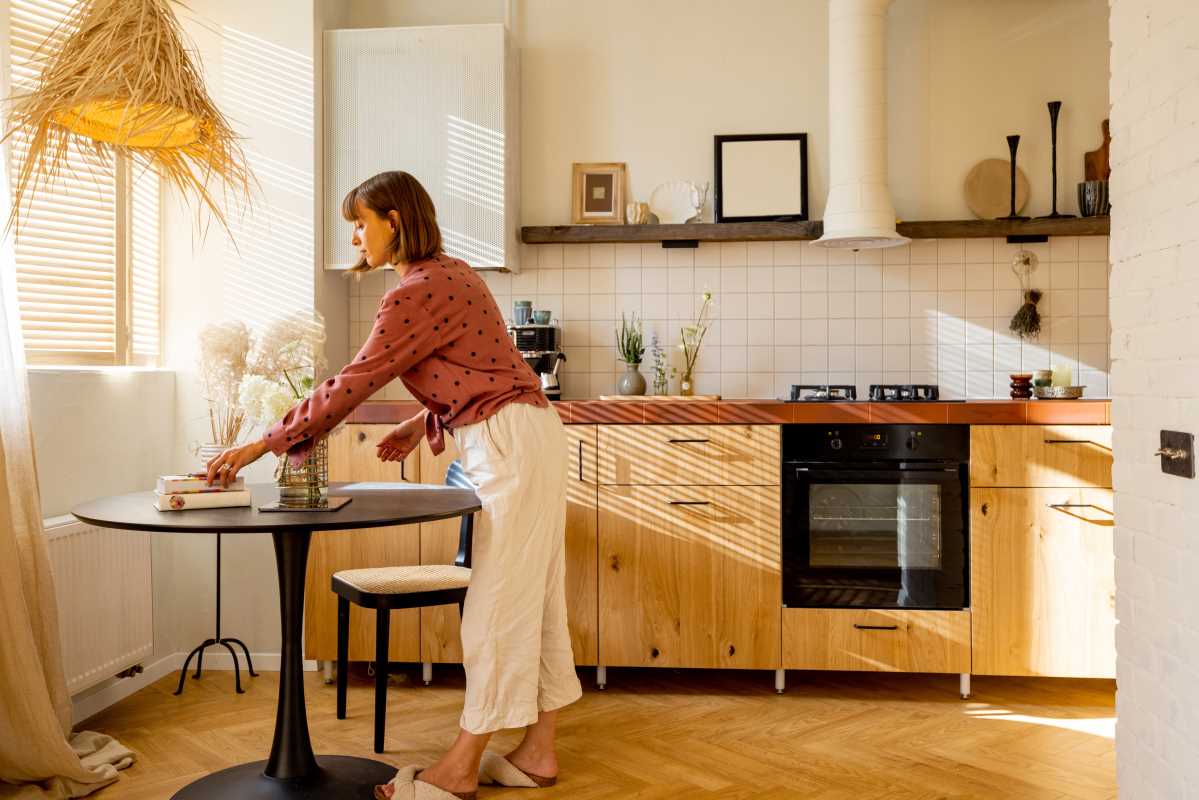
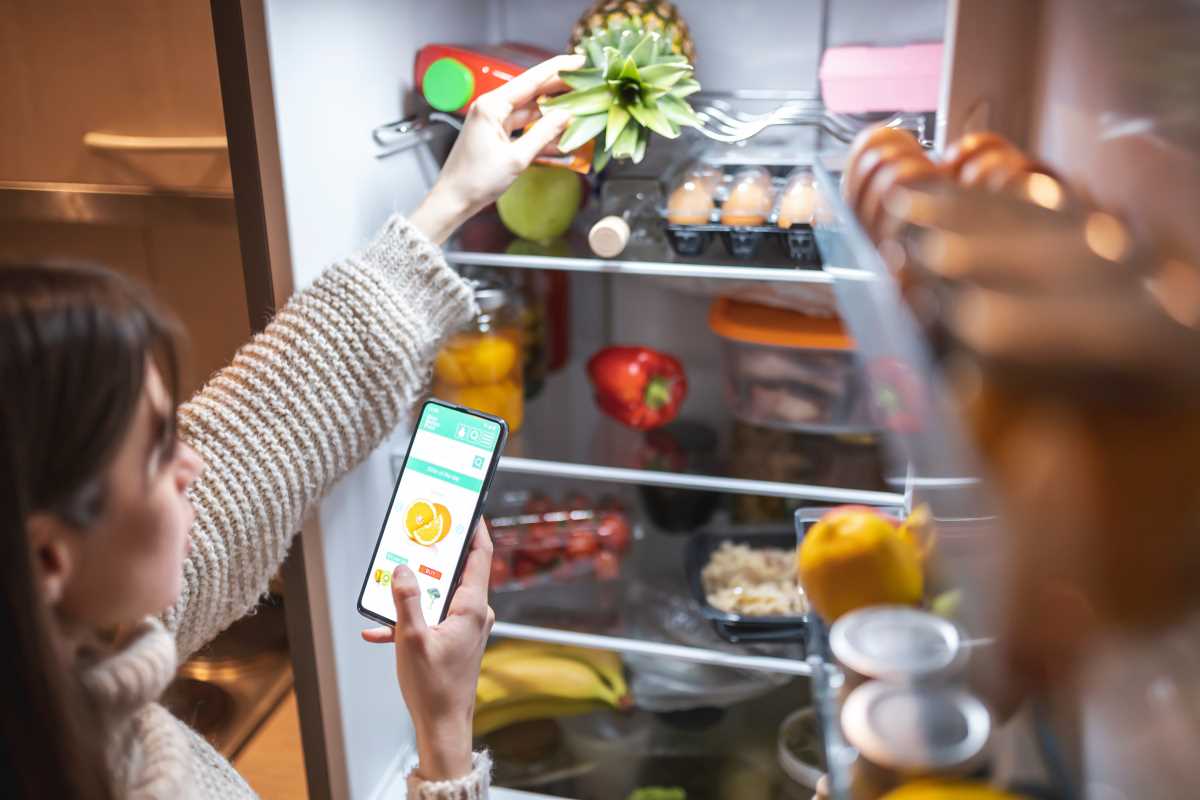
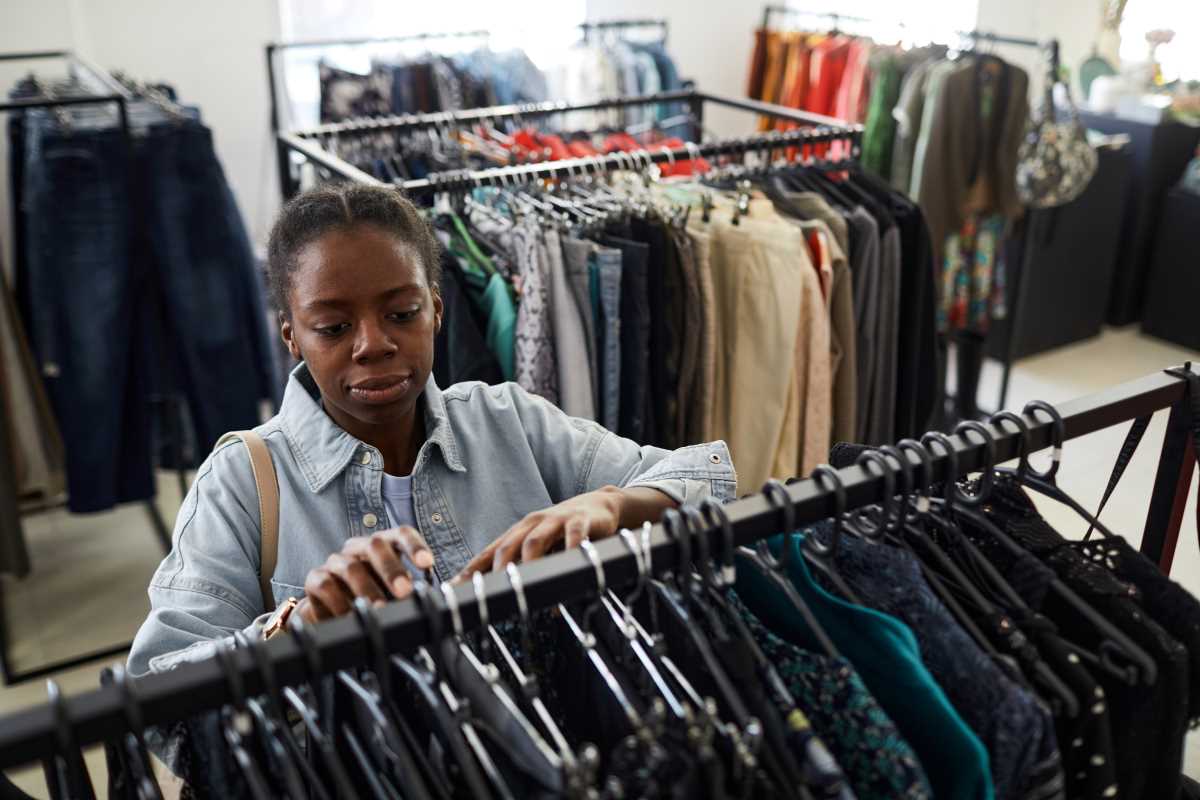
.jpeg)
